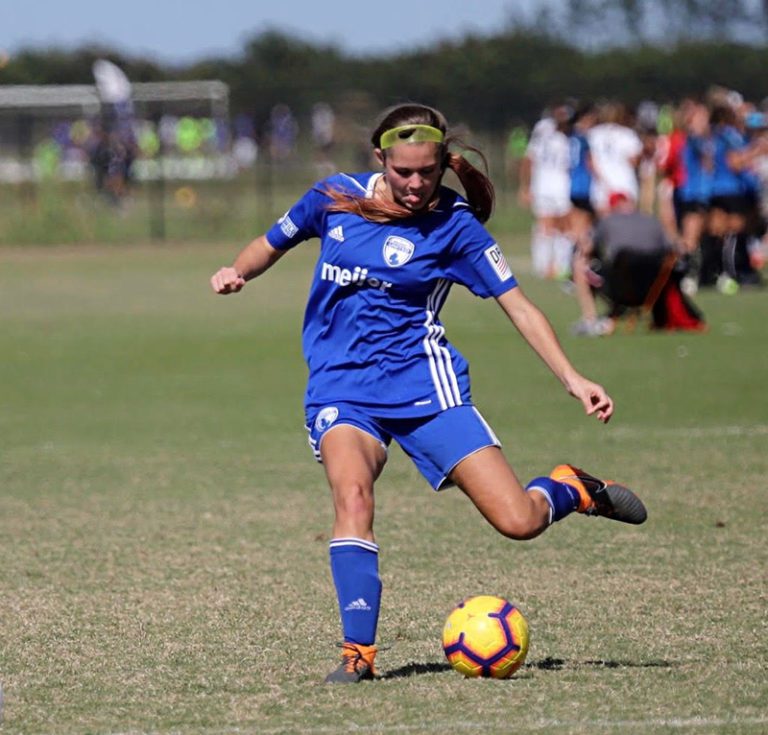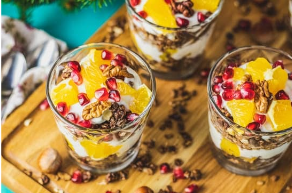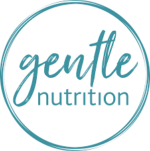
Let’s break down what creatine is, how it’s used, and if it’s safe for your teen athlete to use.

Learn what the science says about seed oils and if they are healthy for us as athletes and active adults!

Pre-season nutrition tips for the wrestling athlete to thrive this season!

Performance nutrition tips for baseball athletes to gain strength, power, speed, and improve performance!

The nutrition facts label does not tell you the whole picture when it comes to your food! Especially with meat and plant-based alternatives. Learn why!

Read the full blog post on why I am focusing my energy on my relationship with Christ as well as sharing ideas and content via the newsletter. Be sure to subscribe to the list!

Unsure what to feed athletes before games. Give these balanced meal ideas a try for your next team meal!

Concerned about how to eat around the holidays? Fear not we have you covered with these simple tips!

College and high school athletes can suffer from gastrointestinal and respiratory infections as a consequence of intense training. Check out these myths and facts to better understand our gut microbiome!

Helping your teen athlete meet their iron needs to support health, athletic performance, and reduce the risk of injury and illness!

Have you heard of the concept, "gentle nutrition"? Learn what Gentle Nutrition is and how Coach LIndsay can help you understand intuitive eating to improve your relationship with food.

Learning contentment through joy, generosity, and faith in the holy spirit.












